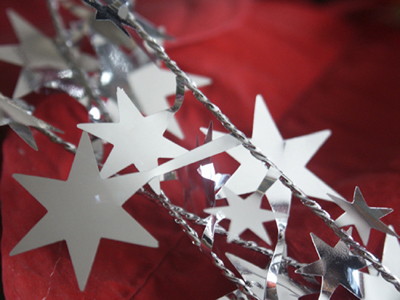
Electrical Circuits
Embark on a journey in KS2 Science with this quiz exploring electrical circuits - the magic behind how they work and their important parts like batteries, switches, and wires.
Electrical circuits are like secret pathways for currents, made of parts connected by wires. Think about all the gadgets in your home – even those using batteries! Thanks to Alessandro Volta's battery in 1800, we have amazing electrical stuff today. With a switch, we get things instantly that our ancestors could only dream of!
Test your knowledge on electrical circuits! Why are wires covered in plastic? What do switches do? Another word for batteries? Find out in this fun quiz!
Quizzes: Your Ticket to Fun Learning. Dive InReady for more?
not all...
quizzers. Try to win a coveted spot on our Hall of Fame Page.







